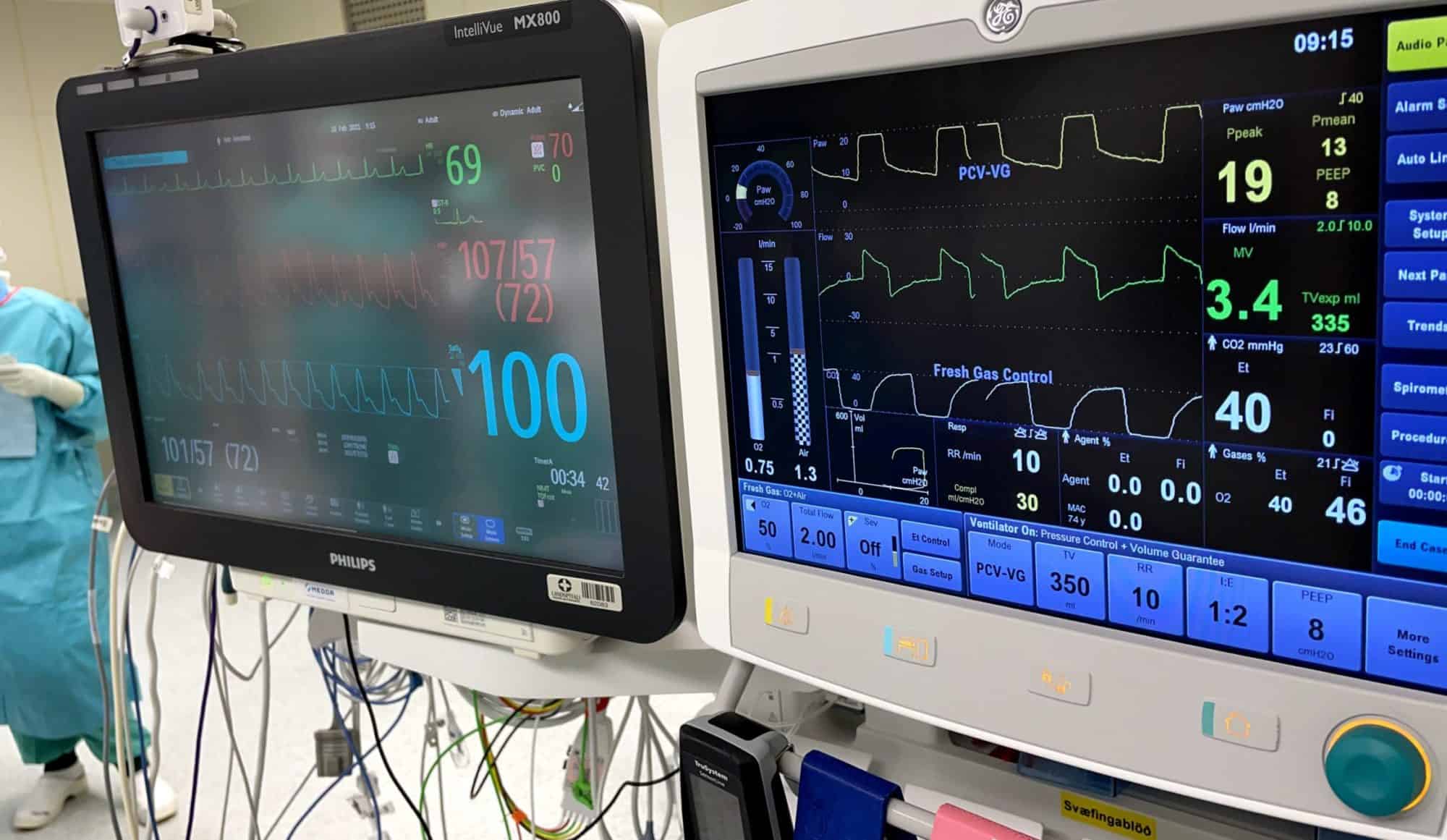Head, neck maxillofacial and dental surgery – Core Learning Outcomes
* Gain knowledge and skills of the perioperative anaesthetic care of patients undergoing minor to intermediate ear, nose and throat [ENT], maxilla-facial and dental surgery
* To be able to recognise the specific problems encountered with a ‘shared airway’ and know the principles of how to manage these correctly
– Deliver perioperative anaesthetic care to ASA 1-3 adults, and ASA 1 and 2 children over 5, for non-complex ear, adenotonsillar and nasal surgery under direct supervision
Knowledge
- EN_BK_01 Lists specific conditions that may complicate airway management [e.g. anatomical variation; tumour; bleeding]
- EN_BK_02 Describes how the surgeon operating in the airway, or requiring access via the airway, complicates anaesthesia for this type of surgery
- EN_BK_03 Recalls/describes the pathophysiology of obstructive sleep apnoea and its relevance to anaesthesia
- EN_BK_04 Recalls/describes the specialised devices used to maintain the airway during head and neck surgery
- EN_BK_05 Identifies the indications for the special surgical devices used during surgery including gags, micro-laryngoscopes, oesophagoscopes and laser surgery equipment
- EN_BK_06 Describes appropriate anaesthetic techniques for common ENT and dental procedures and lists the particular difficulties that face the anaesthetist including but not exclusively: tonsillectomy, septoplasty, myringotomy, middle ear surgery, dental extractions and apicectomies
- EN_BK_07 Recalls/explains the principles of correct and timely recognition/management of bleeding tonsils
- EN_BK_08 Explains the principles of the emergency management of the obstructed airway including tracheostomy
- EN_BK_09 Describes the special risk of transmitting prion diseases by contamination with tonsillar tissue and explains how this risk is minimised in practice
Skills
- EN_BS_01 Demonstrates development of preoperative assessment and preparation/optimisation knowledge and skills [as identified in the basis of anaesthetic practice], focused on the specific difficulties presented by these surgical sub-specialties
- EN_BS_02 The provision of safe perioperative anaesthetic care for a wide range of commonly performed procedures, with good operating conditions and an appropriate level of analgesia, including:
- * ENT procedures such as tonsillectomy, septoplasty and myringotomy
- * Common dental procedures such as extractions and apicectomies
- EN_BS_03 Demonstrates the correct use of a variety of specialised airway devices, including RAE tubes, LMAs, throat packs and intubating forceps
- EN_BS_04 Manages anaesthesia so as to achieve smooth emergence, with minimal airway disturbance, laryngospasm and bronchospasm
- EN_BS_05 Demonstrates awareness of the increased risk of airway complications postoperatively and takes precautions to assist in their early recognition and prompt management
